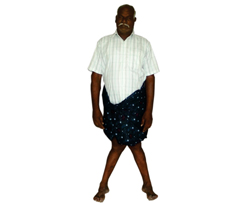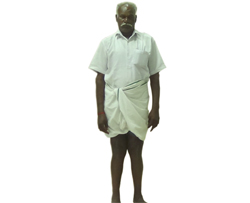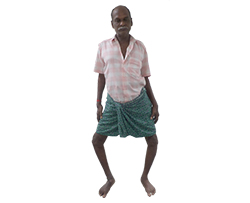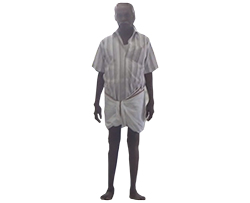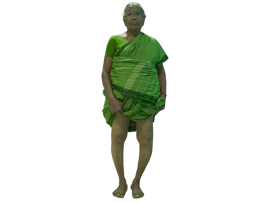Emergency Call
+91 96887 66611ARATHANA HOSPITAL, Mrs. Narmatha Shanmuga Sundaram Coimbatore Main Road Opposite to N.M Petrol Bunk Pollachi-642002 Coimbatore District Tamilnadu, India
+91 99427 77661
This revolutionary concept of joint replacement is focused to remove the damaged joint completely and put in a new artificial one. Total hip replacement is ranks an one of the successful operations ever devised and has afforded pain relief and improved quality of life for millions of patients worldwide. Total hip replacement is one of the cost-effective surgical procedures available today. Likewise Total Knee replacement is being successfully employed for disabling knee arthritis.
Even a patient with diabetes, high blood pressure, heart trouble can safely undergo joint replacement surgery under medical supervision. Joint replacement is ideally done for patient above the age of 60 years. It may be done between ages of 40 and 60. It is rarely done between ages of 20 and 40. It is never done in children. After a complete evaluation for fitness for surgery, the patient is admitted in the hospital a day prior to the surgery. The surgery can be performed under general anesthesia or a spinal or epidural anesthesia where only the legs are anaesthetized. The surgery is carried out in a specialized joint replacement operation theatre. After the surgery, the recovery is quick and the patient usually commences walking within a day or two using a walker. Further rehabilitation under the supervision of the surgeon and physiotherapist makes a patient ready for moving around at home on discharge. It is advisable to use commode, avoiding sitting on floor, jogging, running and fast sports after joint replacement surgery. Moderate speed walking, climbing stairs and swimming are permitted.
The patient is usually allowed to walk without any aid in 12 weeks time. Compared to the earlier methods of surgery, rehabilitation after these surgeries is remarkably easier and shorter. Most patients, particularly after hip replacement need not visit the physiotherapy department after leaving the hospital. They can do all the exercises themselves at home without any help. Commonly used material for joint replacement is stainless steel called cobalt chrome alloy and plastic called ultra high molecular weight high density polyethylene (HDP). The average time taken for performing a joint replacement surgery is 2 hours. Usually one joint is resurfaced at a time, but if the present is fit, both the knees may be replaced in one sitting. The hospital stay is for 10 days after single joint replacement. For both joints done at the same sitting, one has to stay for about two weeks.
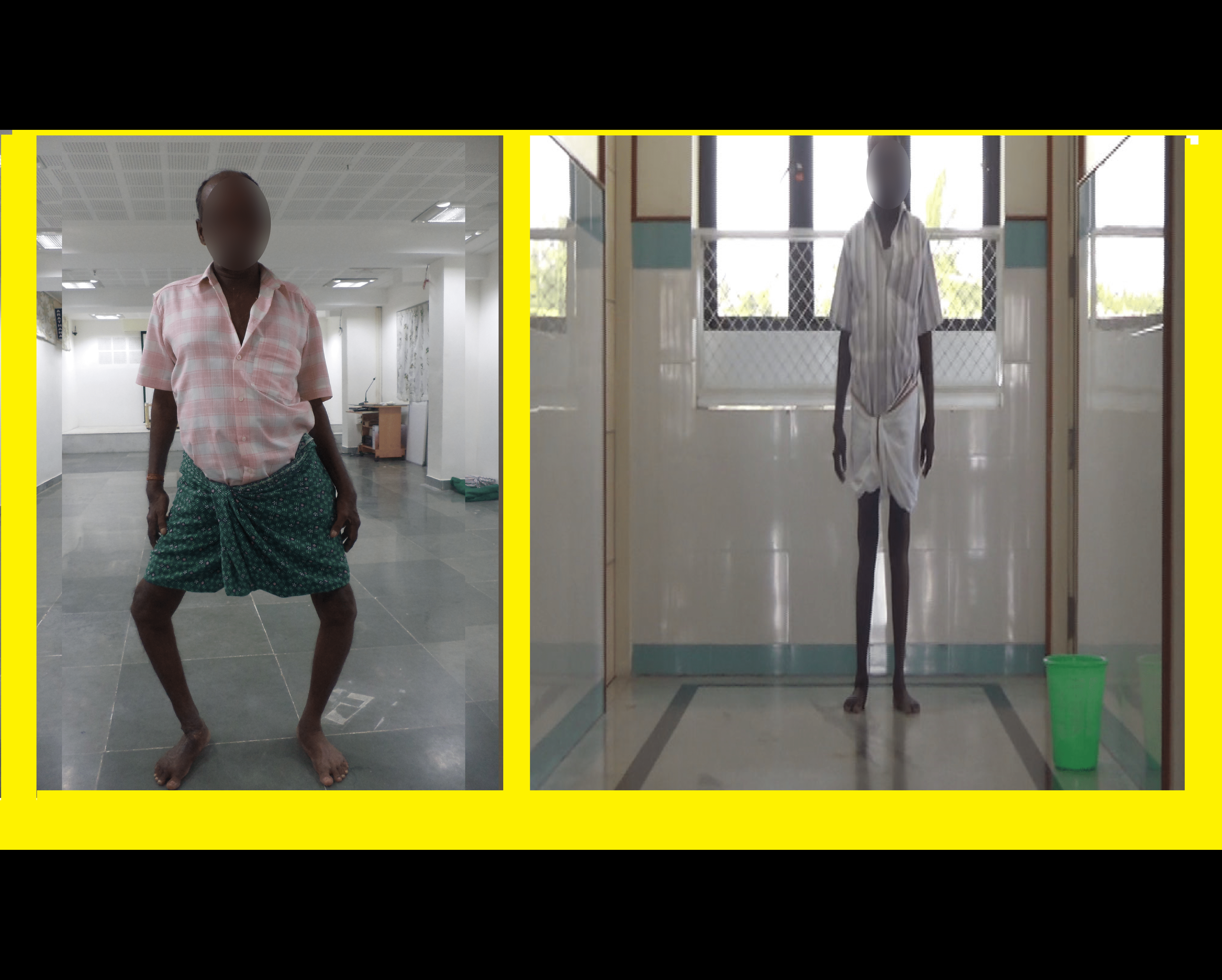


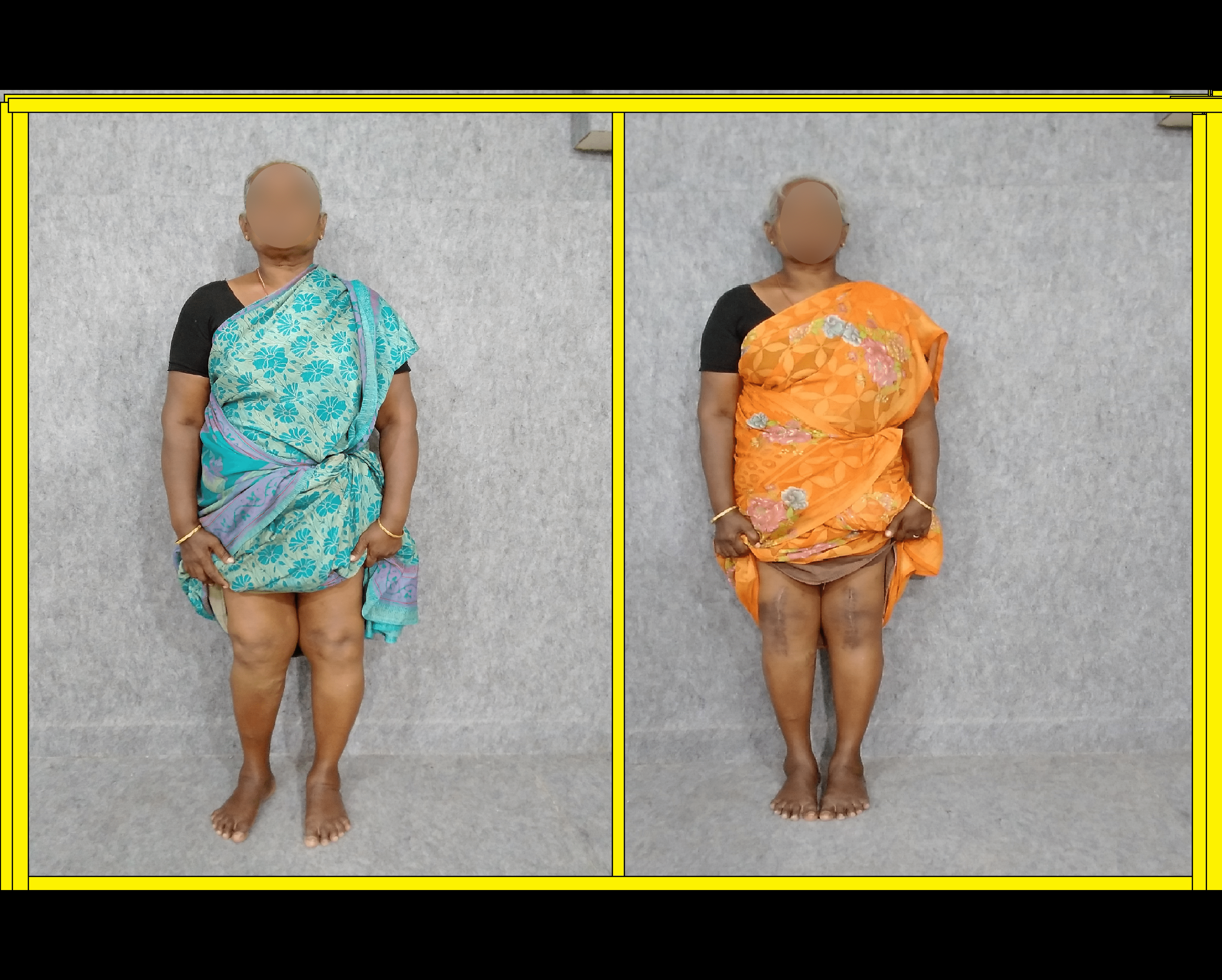
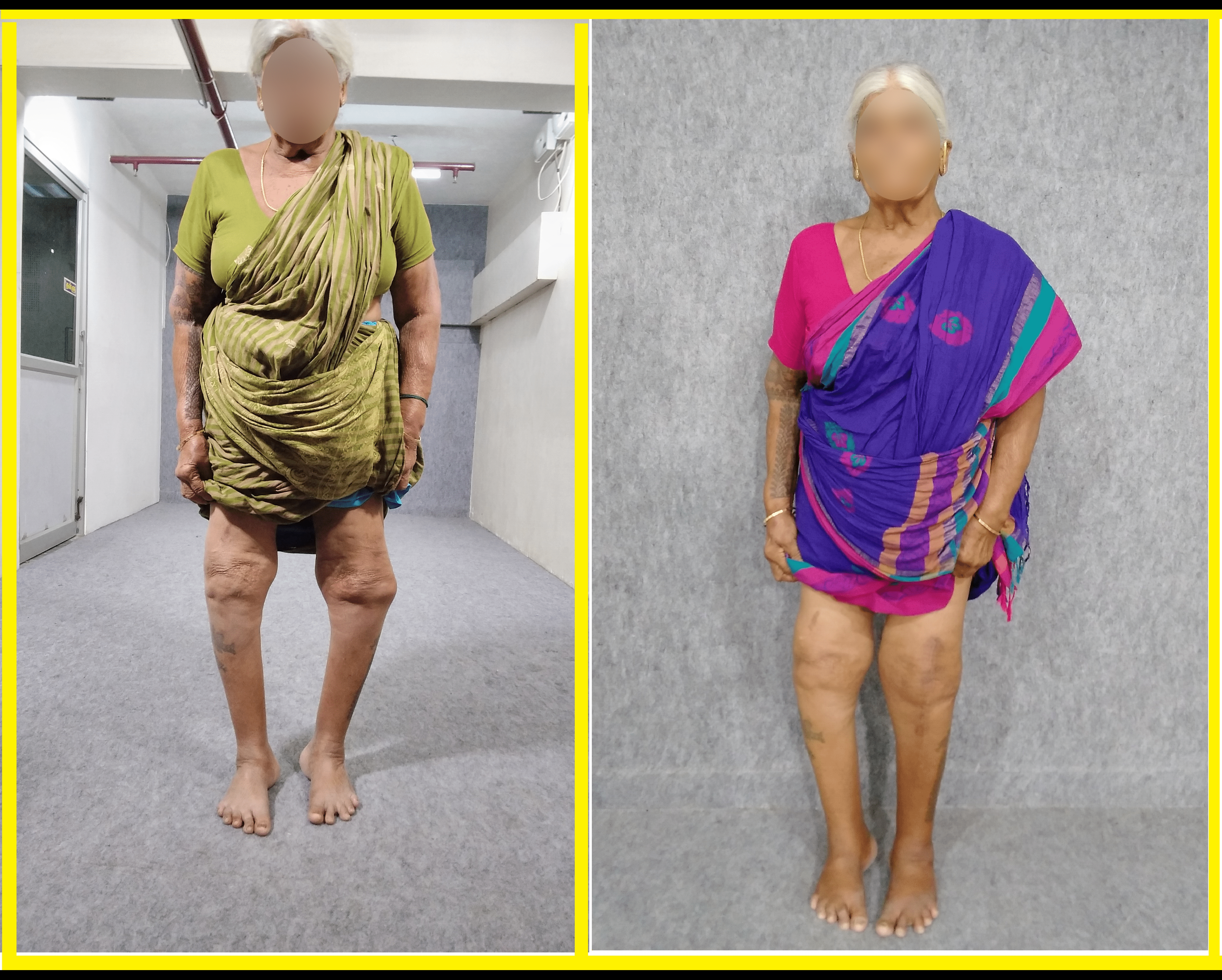
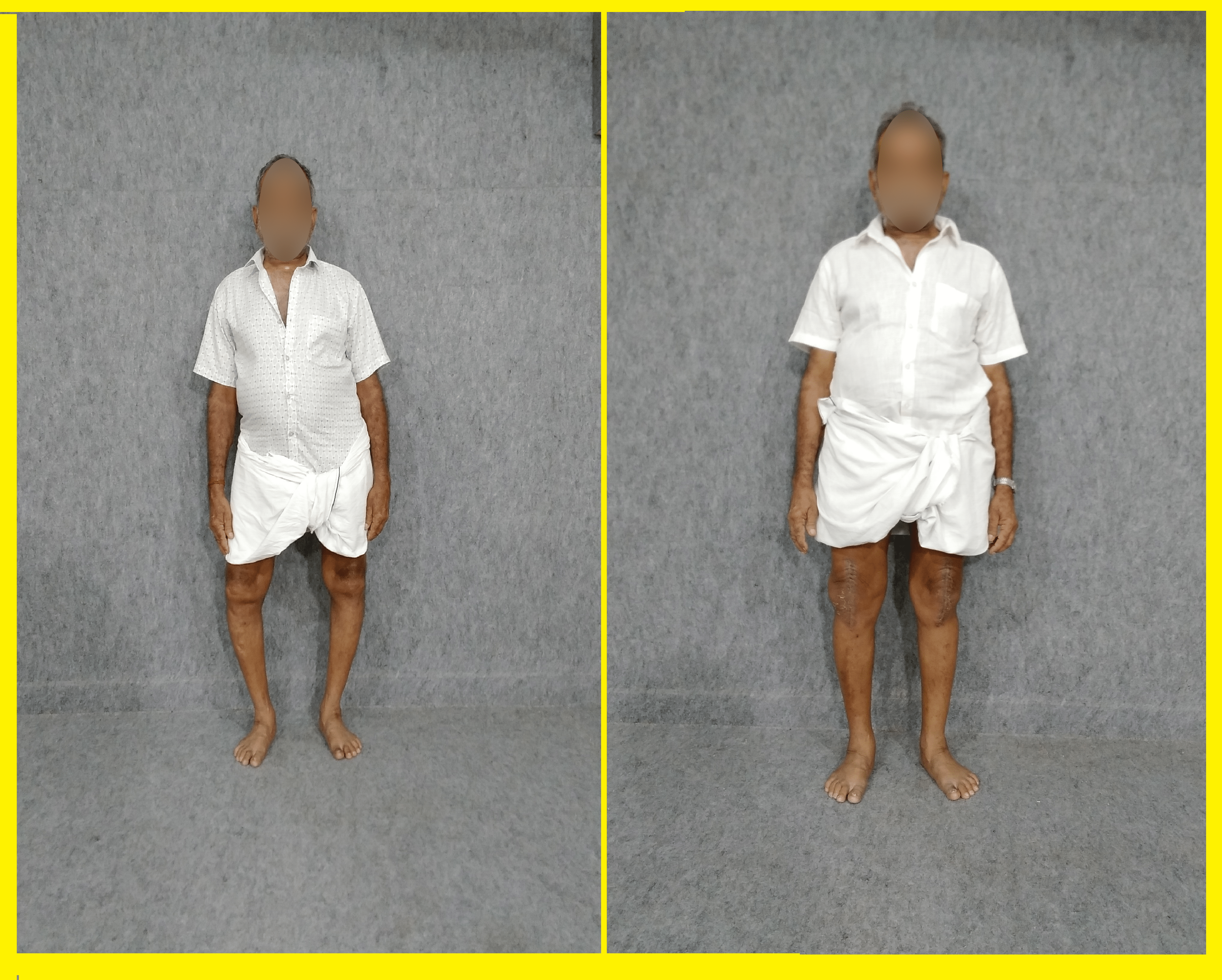
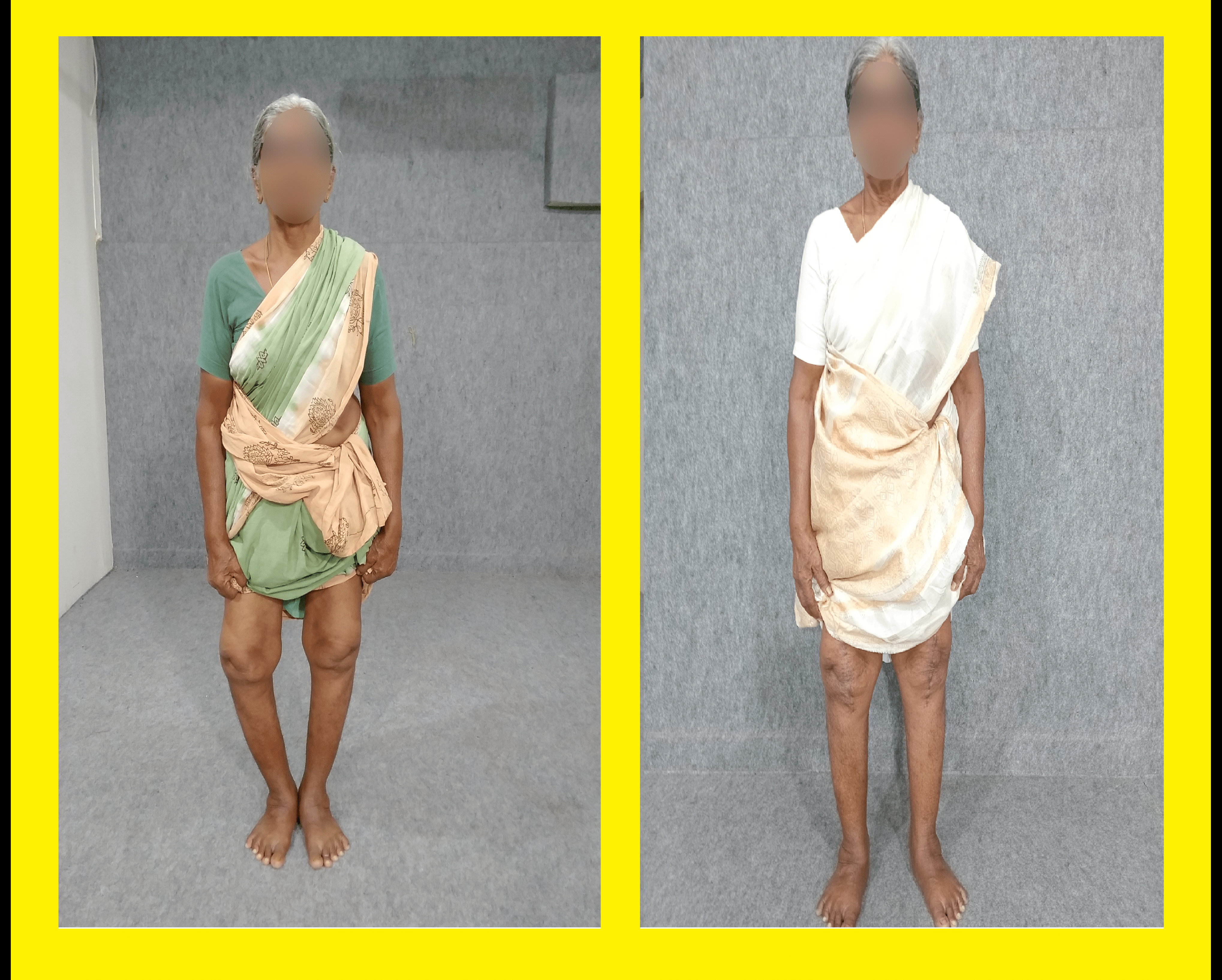
The Benefits of joint replacement surgery over other forms of treatment of arthritis are :
The most dreaded risk of joint replacement surgery is infection. Extreme care to prevent infection is of utmost importance. These surgeries are usually performed in special set-ups and with a committed team to avoid any possibility of infection. Other risks include dislocation of the joint and clot formation in the veins of the leg, aside from those which are very similar to any major surgery. Problems like myocardial infarction, chest infection etc are, however rarely encountered.
Although there has been a tremendous improvement in the design of the artificial joints, we can never expect them to match the qualities of a natural joint. Over a period of time (10 – 15 years in 10% patients) the artificial joints can become loose and painful. This will require revision surgery where the artificial joint is removed and another artificial joint is fixed. To avoid earlier second surgery cement less (artificial joints without cement) are developed. This cement less joint is expected to last longer and if revision surgery becomes necessary it is easier to remove than a cemented one. The limited life span of artificial joints initially meant that this therapy was only successful in older patients. However, many new materials have been developed and introduced into surgery in the past several years. As a result, the entire field of artificial joint replacements has opened up. Now, the benefits of such replacement therapy can be extended to younger patients. At present majority of joint replacement surgeon uses cemented one for the patients over the age of 60 and un cemented for younger patients.
